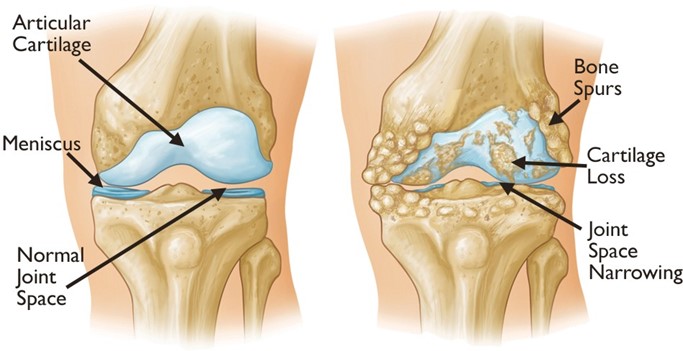A nurse is reinforcing teaching about epidural PCA with a client who is in active labor. Which of the following
statements should the nurse include?
The machine is programmed to prevent you from administering more than a safe dose
During medication administration, you will not be able to move your legs freely
This method of pain control will shorten the second stage of labor
This type of anesthesia commonly causes a postpartum headache
The Correct Answer is A
a. "The machine is programmed to prevent you from administering more than a safe dose."
When reinforcing teaching about epidural PCA (patient-controlled analgesia) with a client in active labor, it is important for the nurse to inform the client about the safety features of the machine. By explaining that the machine is programmed to prevent the client from administering more than a safe dose, the nurse reassures the client that they have control over their pain relief while minimizing the risk of overdose.
Option b, "During medication administration, you will not be able to move your legs freely," is not an accurate statement regarding epidural PCA. While epidural analgesia may cause temporary weakness or loss of sensation in the lower body, the ability to move the legs freely is not necessarily completely impaired. The degree of mobility can vary depending on the dosage and specific characteristics of the epidural.
Option c, "This method of pain control will shorten the second stage of labor," is not a valid statement. Epidural PCA is primarily used for pain relief during labor and delivery but does not directly affect the progression or duration of the second stage of labor, which involves pushing and the delivery of the baby.
Option d, "This type of anesthesia commonly causes a postpartum headache," is also incorrect. While headaches can occur as a potential side effect of epidural anesthesia, they are not specifically associated with epidural PCA. Postpartum headaches can have various causes and are not exclusively related to the use of epidural PCA.
By emphasizing the safety features of the machine and explaining that it prevents the administration of excessive doses, the nurse ensures that the client understands the appropriate use of the epidural PCA for pain control during labor.
Nursing Test Bank
Naxlex Comprehensive Predictor Exams
Related Questions
Correct Answer is C
Explanation
Ciprofloxacin is an antibiotic commonly prescribed for the treatment of various bacterial infections. It belongs to a class of medications known as fluoroquinolones. One potential side effect of ciprofloxacin is increased sensitivity to sunlight, which can lead to a higher risk of sunburn. Therefore, it is important for the client to take precautions, such as using sunscreen, wearing protective clothing, and avoiding excessive sun exposure while taking this medication.
"Take an antacid if the medication causes gastrointestinal upset": Ciprofloxacin can be taken with or without food, but it should not be taken with antacids, calcium supplements, or other products containing aluminum, magnesium, or calcium, as they can interfere with the absorption of the medication. If gastrointestinal upset occurs, it is generally recommended to take the medication with food to minimize this side effect.
"Restrict your daily fluid intake while taking this medication": There is no need to restrict fluid intake while taking ciprofloxacin unless specifically instructed by the healthcare provider.
Adequate hydration is important to maintain overall health and prevent potential complications.
"Expect to experience diarrhea while taking this medication": Diarrhea can be a potential side effect of ciprofloxacin, but it is not a universal experience for all individuals taking the medication. It is more appropriate to inform the client about the potential side effects of ciprofloxacin, including gastrointestinal upset, and to encourage them to report any significant or persistent symptoms to their healthcare provider

Correct Answer is B
Explanation
Applying heat to the affected joints can help relieve pain and stiffness. A heating pad or warm compress can be used to apply heat to the hands.
The other options are not correct because:
a) Sleeping on a soft mattress is not mentioned as a way to manage osteoarthritis symptoms.
b) Aspirin should be taken with food or milk to reduce stomach irritation.
c) Exercising inflamed joints excessively can worsen symptoms. It is important to balance rest and activity.

Whether you are a student looking to ace your exams or a practicing nurse seeking to enhance your expertise , our nursing education contents will empower you with the confidence and competence to make a difference in the lives of patients and become a respected leader in the healthcare field.
Visit Naxlex, invest in your future and unlock endless possibilities with our unparalleled nursing education contents today
Report Wrong Answer on the Current Question
Do you disagree with the answer? If yes, what is your expected answer? Explain.
Kindly be descriptive with the issue you are facing.
